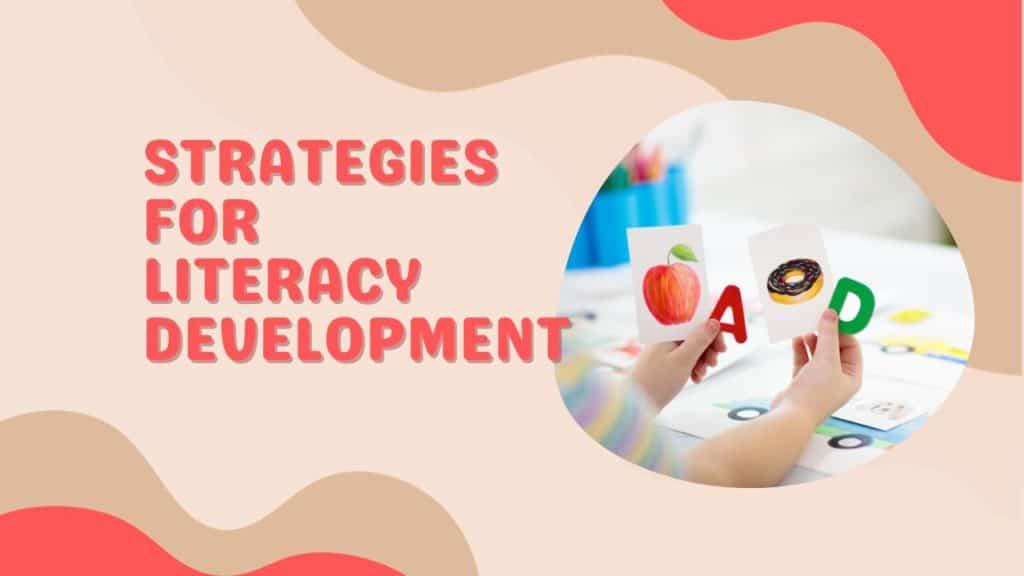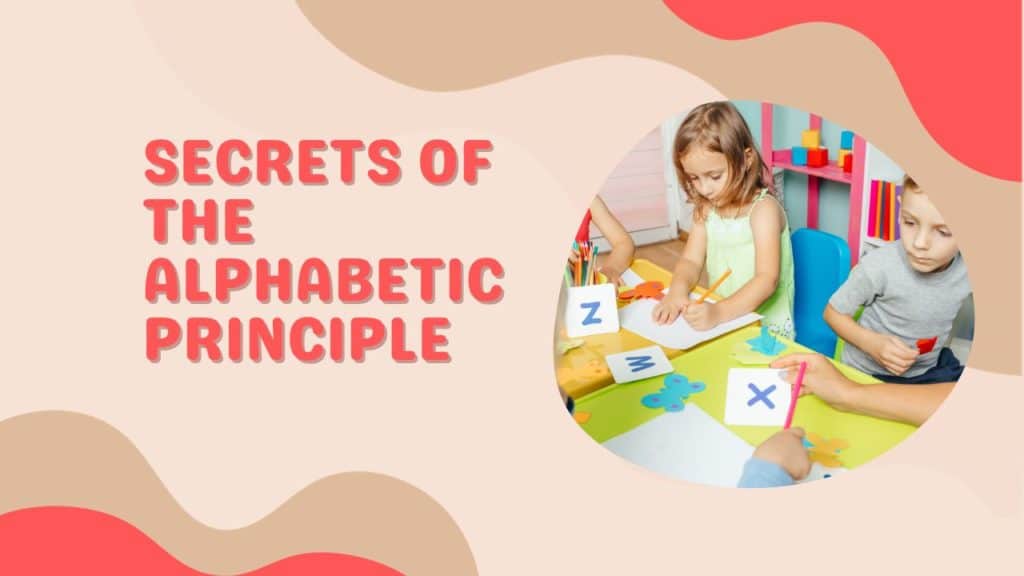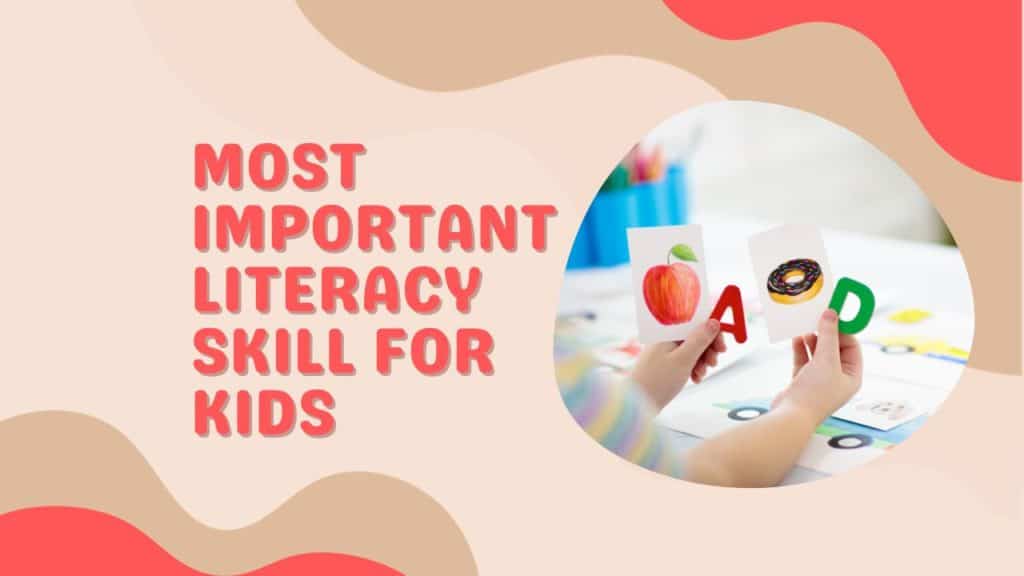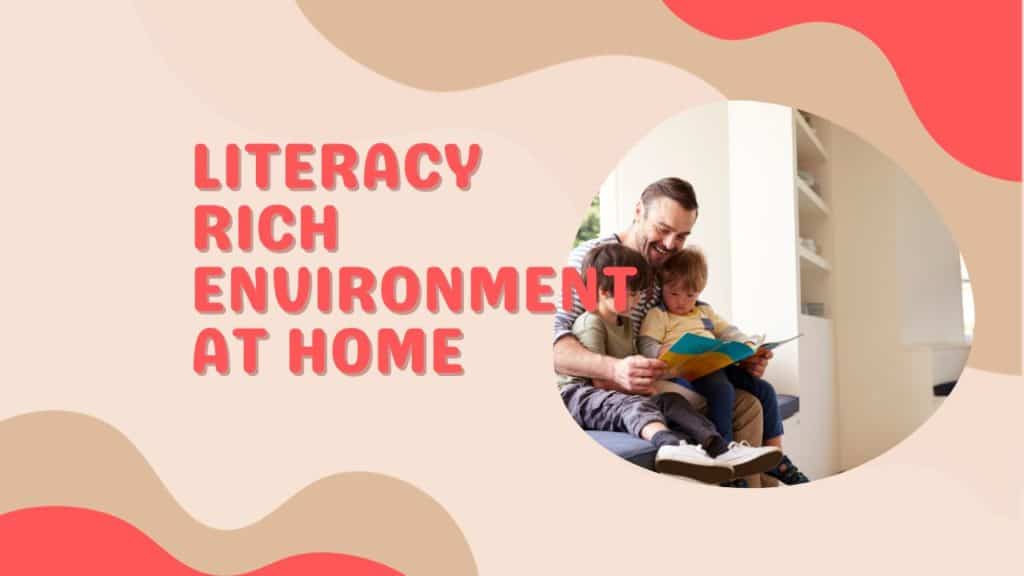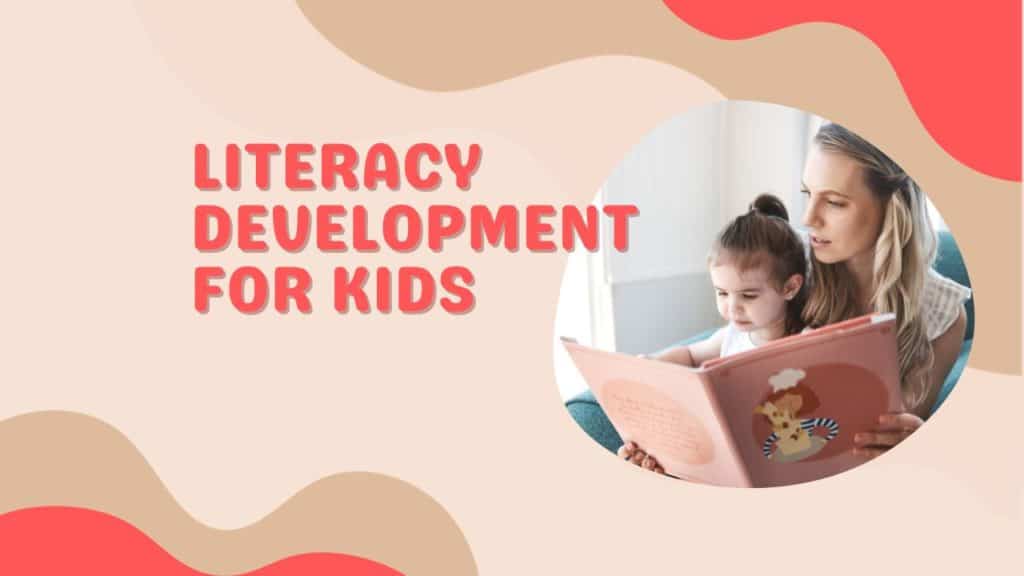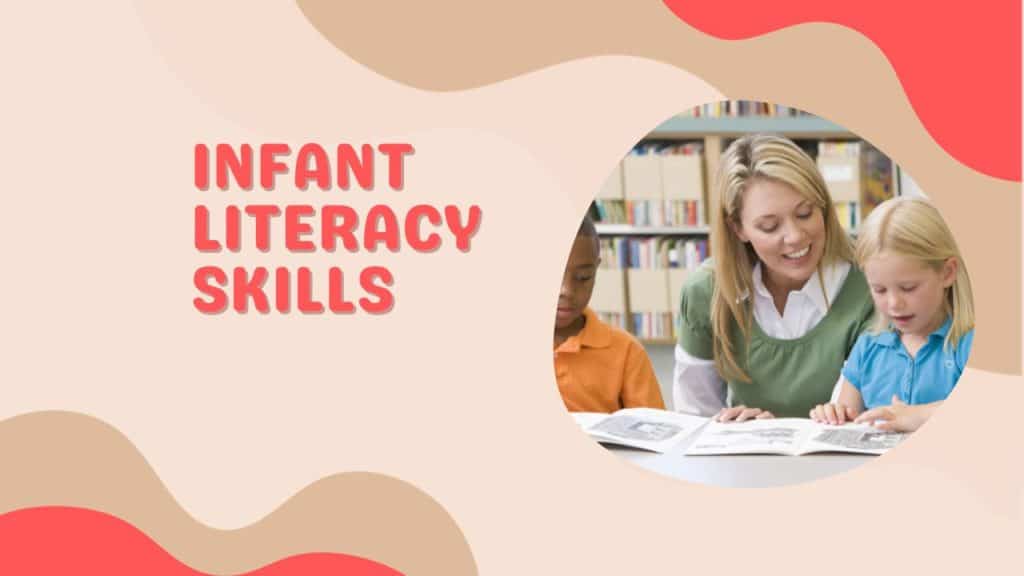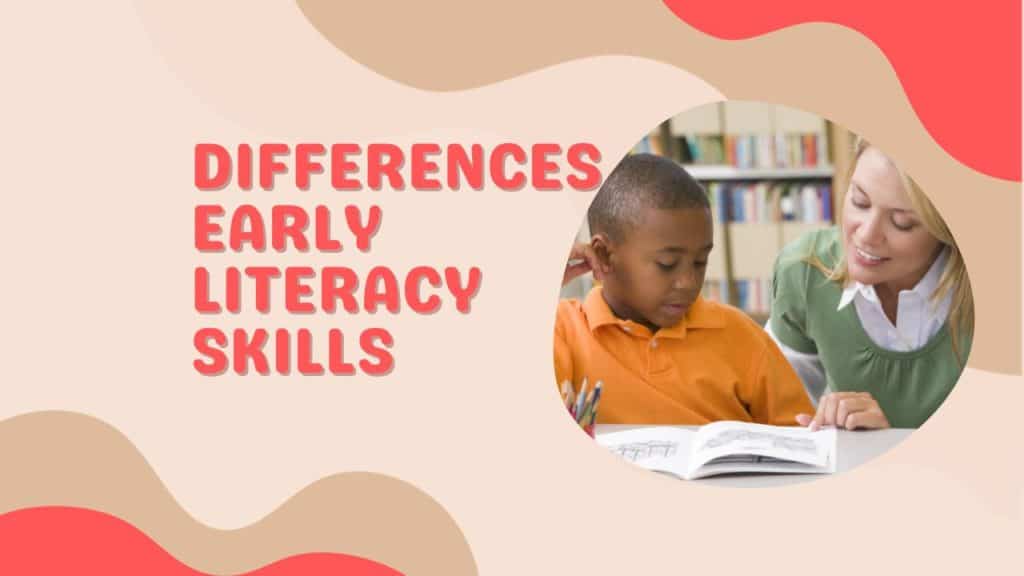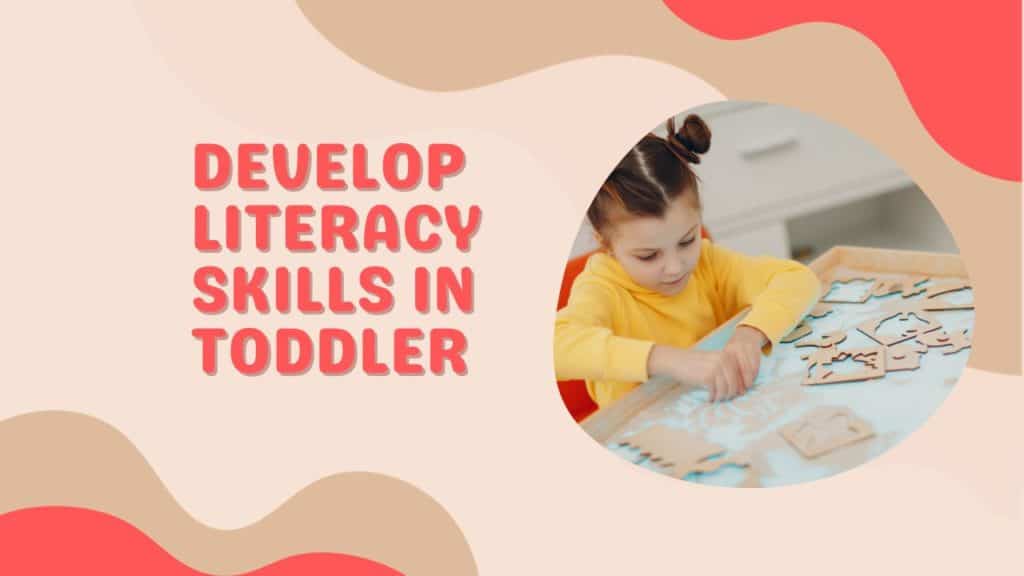Literacy Development
The journey of literacy development in children is a foundational aspect of their educational and personal growth. Building strong literacy skills not only contributes to academic success but also fosters a love for learning and self-expression. In this guide, we will explore effective strategies to nurture literacy development in kids, emphasizing the importance of creating a rich and engaging learning environment.
The Significance of Literacy Development: Literacy is the ability to read, write, and communicate effectively. Developing strong literacy skills in early childhood sets the stage for a lifetime of learning. It empowers children to comprehend information, express themselves, and navigate the world with confidence.
Interactive Reading as a Foundation: One of the cornerstones of literacy development is interactive reading. Engaging children with books from a young age stimulates their imagination, enhances vocabulary, and lays the groundwork for understanding the structure of written language. Make reading a shared and enjoyable experience, incorporating discussions about the story, characters, and illustrations.
Phonics and Word Recognition: Introducing phonics, the relationship between sounds and letters, is essential for early readers. Incorporate activities that help children recognize and decode words. Word recognition strategies, such as sight words and word families, enhance fluency and build a solid foundation for reading comprehension.
Creative Writing Exploration: Encourage kids to express themselves through creative writing. Provide opportunities for storytelling, journaling, and imaginative writing exercises. Fostering a love for writing not only enhances communication skills but also nurtures creativity and critical thinking.
Building a Literacy-Rich Environment: Surround children with print-rich materials at home and in educational settings. Create a literacy-rich environment with books, labels, and interactive displays. This immersion in written language reinforces the importance of literacy in various aspects of daily life.
Incorporating Technology Wisely: Utilize educational apps and digital resources to complement traditional literacy activities. Interactive technologies can enhance engagement and provide additional avenues for practice. However, it’s crucial to balance screen time with hands-on, real-world experiences.
Tailoring Instruction to Individual Needs: Recognize the diverse learning styles and abilities of each child. Tailor literacy instruction to accommodate different paces and preferences, ensuring that every child receives the support they need to succeed. Differentiated instruction fosters an inclusive and supportive learning environment.
Family Involvement: Engage parents in the literacy journey. Provide resources and guidance on how families can support literacy development at home. Encourage activities like shared reading, word games, and storytelling that strengthen the bond between parents and children while promoting literacy skills.
Assessment for Progress Monitoring: Regularly assess and monitor children’s progress in literacy development. Formative assessments help identify areas of strength and areas needing additional support. This data-driven approach allows educators and parents to adjust strategies for optimal learning outcomes.
Community Engagement: Extend literacy development beyond the classroom. Collaborate with libraries, community centers, and literacy-focused organizations to create a supportive network. Community engagement provides additional resources and reinforces the importance of literacy in various contexts.
Conclusion: In conclusion, fostering literacy development in children is a multifaceted journey that involves creating a supportive environment, engaging in interactive activities, and tailoring instruction to individual needs. By instilling a love for reading and writing, we empower children with the tools they need for academic success and a lifelong passion for learning. Embrace the joy of literacy development, and watch as young minds flourish into confident and capable communicators.

